3 Types of Rocks Worksheets for Kids
Are you searching for engaging and educational worksheets to help your kids learn about different types of rocks? Look no further! In this blog post, we will introduce you to 3 types of rocks worksheets that are perfect for young learners. With these worksheets, your children will have the opportunity to explore the fascinating world of rocks and expand their knowledge on this captivating subject.
Table of Images 👆
More Other Worksheets
Kindergarten Worksheet My RoomSpanish Verb Worksheets
Cooking Vocabulary Worksheet
DNA Code Worksheet
Meiosis Worksheet Answer Key
Art Handouts and Worksheets
7 Elements of Art Worksheets
All Amendment Worksheet
Symmetry Art Worksheets
Daily Meal Planning Worksheet
What are the three main types of rocks?
The three main types of rocks are igneous, sedimentary, and metamorphic. Igneous rocks are formed from the cooling and solidification of magma or lava, sedimentary rocks are formed from the accumulation and compression of small particles or sediments, and metamorphic rocks are formed from the alteration of existing rocks due to high heat and pressure.
How are igneous rocks formed?
Igneous rocks are formed through the solidification of molten rock material called magma or lava. The cooling and crystallization of magma or lava can occur underground or on the Earth's surface, resulting in the formation of different types of igneous rocks, such as granite, basalt, and obsidian. The rate of cooling and the chemical composition of the magma/lava play a significant role in determining the texture and mineral composition of the resulting igneous rock.
What are some examples of igneous rocks?
Some examples of igneous rocks include granite, basalt, and obsidian. Granite is a coarse-grained rock that is commonly used in construction and monuments. Basalt is a fine-grained rock commonly found in volcanic regions. Obsidian is a glassy-textured rock formed from rapidly cooling lava, often used in jewelry and decorative items.
How are sedimentary rocks formed?
Sedimentary rocks are formed through the deposition and compression of sediment particles, such as sand, silt, and clay, that are eroded and transported from other rocks by water, wind, or ice. Over time, these sediments accumulate in layers and become compacted and cemented together to form solid rock. The process of lithification, which includes compaction and cementation, transforms loose sediment into cohesive rock formations like sandstone, shale, and limestone.
What are some examples of sedimentary rocks?
Some examples of sedimentary rocks include limestone, sandstone, shale, conglomerate, and gypsum.
How are metamorphic rocks formed?
Metamorphic rocks are formed through the process of intense heat, pressure, and chemical changes acting on existing rocks. This can occur deep within the Earth's crust as a result of tectonic plate movements, volcanic activity, or even during contact with hot magma. The heat and pressure transform the mineral composition and texture of the original rock, leading to the formation of new metamorphic rocks such as marble, slate, and gneiss.
What are some examples of metamorphic rocks?
Examples of metamorphic rocks include marble, quartzite, schist, gneiss, slate, and phyllite.
What are the characteristics of igneous rocks?
Igneous rocks are formed through the solidification and cooling of magma or lava. They can be classified into two categories: intrusive (plutonic) rocks, which form beneath the Earth's surface and have larger crystal sizes, and extrusive (volcanic) rocks, which form on the Earth's surface and have smaller crystal sizes. Igneous rocks are often strong, hard, and resistant to weathering. They typically have a crystalline texture and can contain minerals like quartz, feldspar, and mica. The color of igneous rocks can vary widely depending on their mineral composition, with colors ranging from dark to light.
What are the characteristics of sedimentary rocks?
Sedimentary rocks are characterized by their formation through the accumulation and cementation of sediments, such as sand, silt, and clay, over time. They often contain visible layers or strata due to the deposition process, and may also contain fossils or organic material. Sedimentary rocks are typically softer than other types of rocks and can be easily broken or weathered. They cover around 75% of the Earth's surface and provide valuable information about past environments and geological history.
What are the characteristics of metamorphic rocks?
Metamorphic rocks are formed through intense heat and pressure, altering the mineral composition and structure of existing rocks. They are typically harder and more compact than sedimentary rocks, with a crystalline appearance due to the recrystallization of minerals. Metamorphic rocks often have distinct layers or bands, known as foliation, which result from the alignment of minerals under pressure. They can also exhibit a range of colors and textures, depending on the original rock type and the degree of metamorphism.
Have something to share?
Who is Worksheeto?
At Worksheeto, we are committed to delivering an extensive and varied portfolio of superior quality worksheets, designed to address the educational demands of students, educators, and parents.

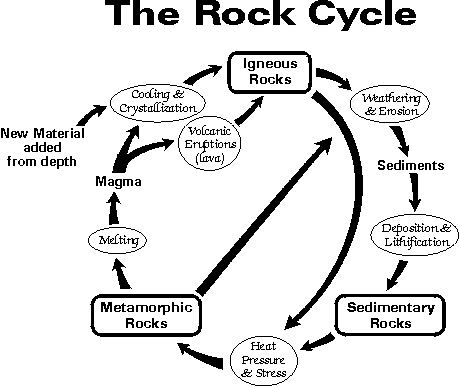



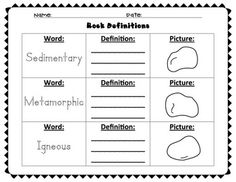
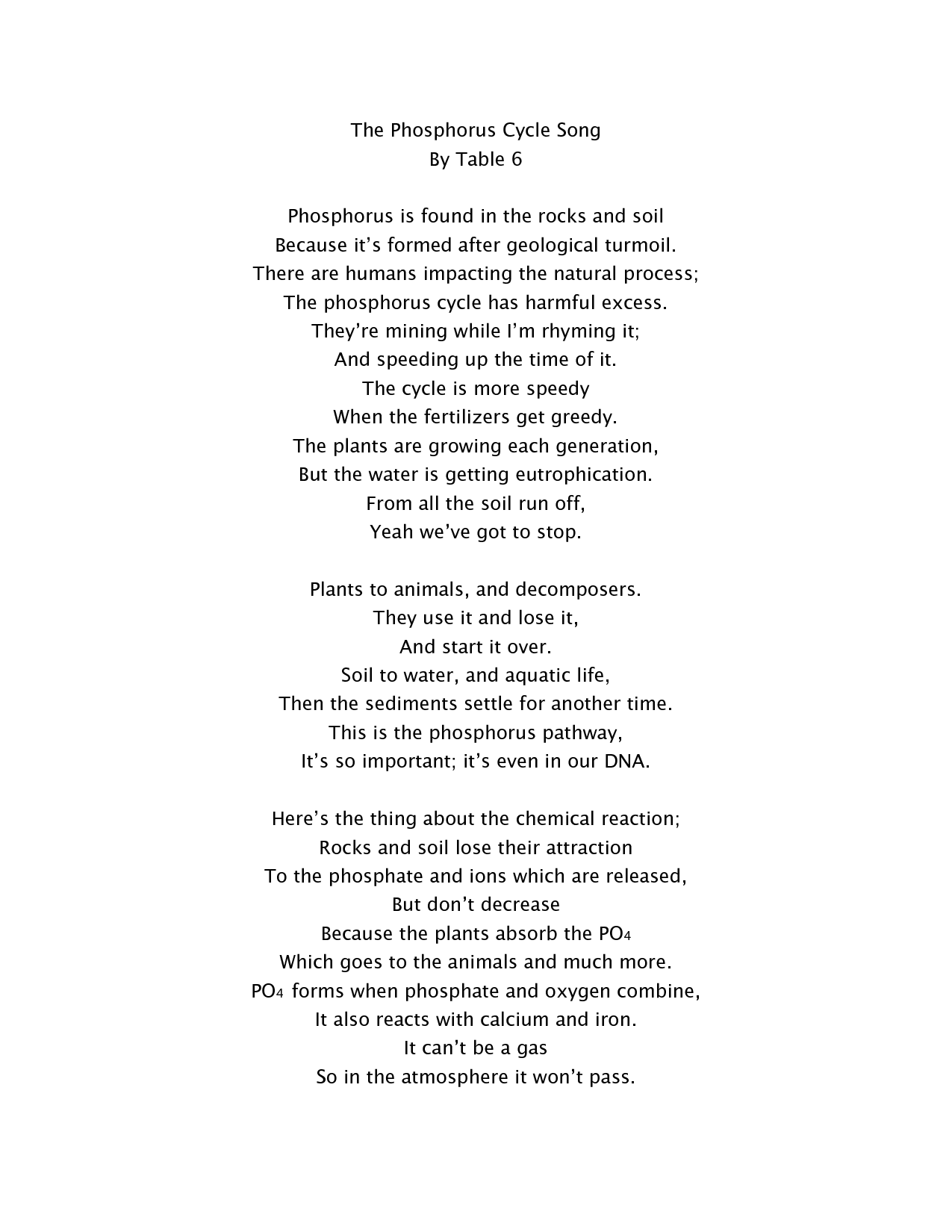
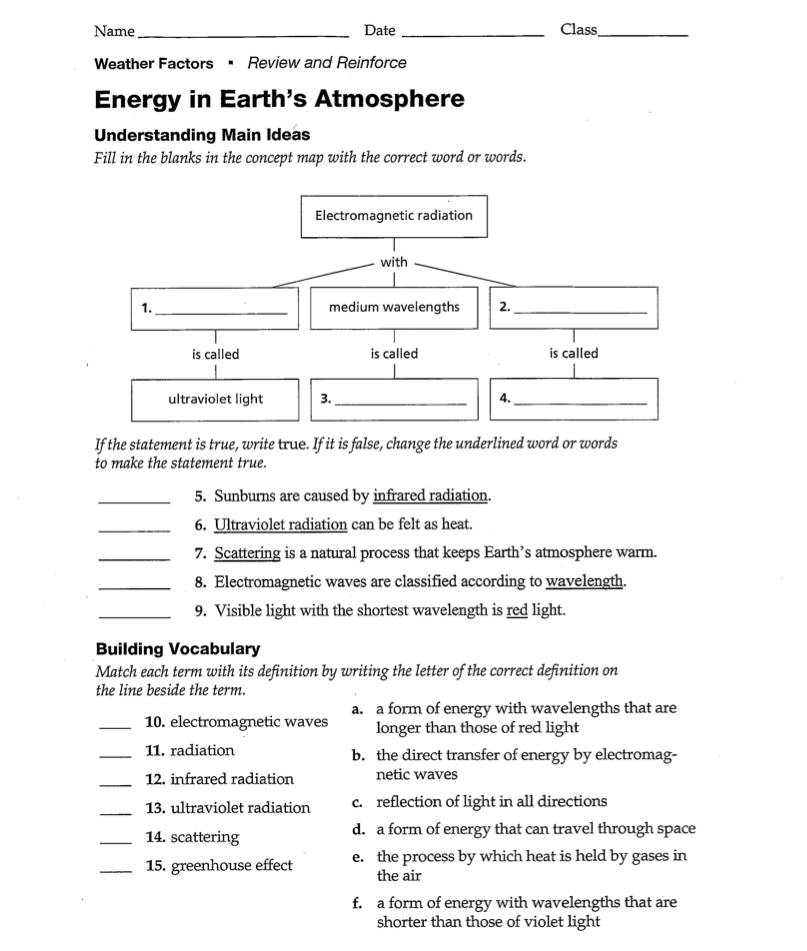
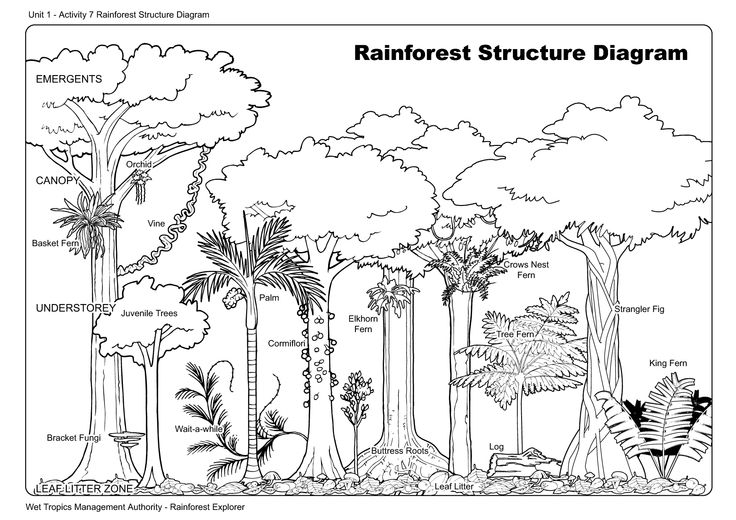















Comments